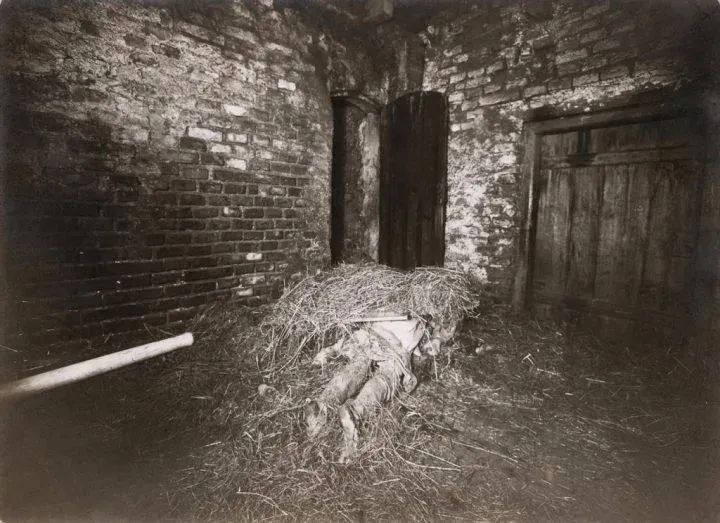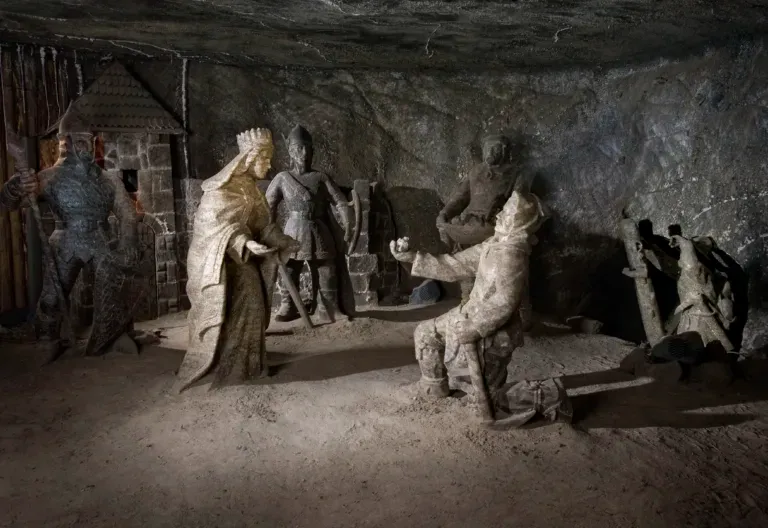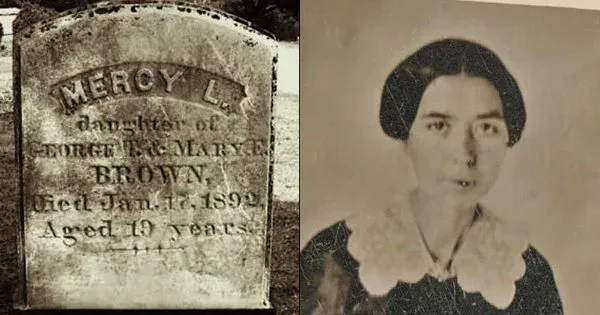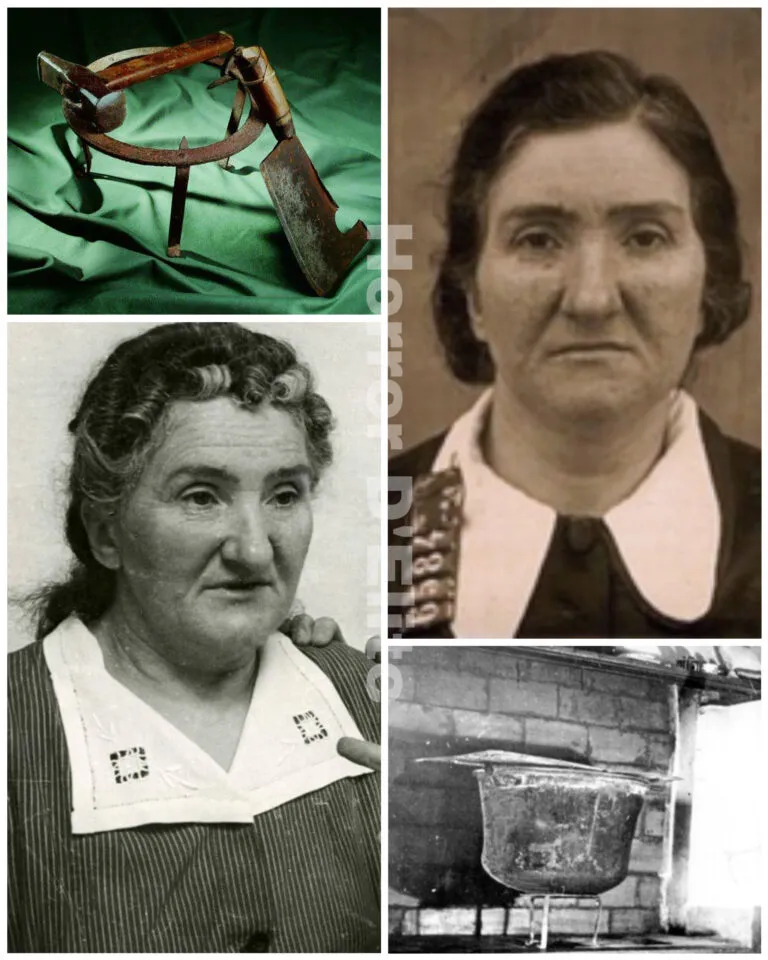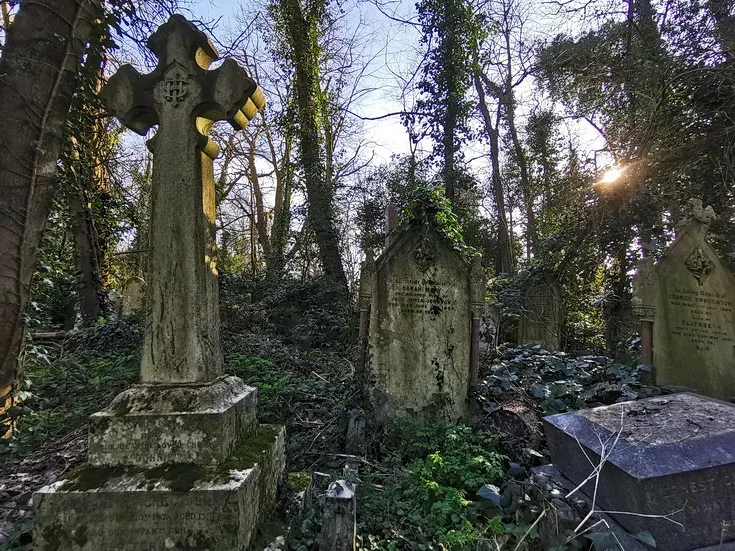The Hinterkaifeck Case
The Hinterkaifeck Case is a dark and mysterious story that has fascinated the public for decades. In this article, we will explore the history of Hinterkaifeck, the characters involved, and the theories surrounding this enigmatic unsolved murder case.
Introduction
On March 31, 1922, a German family of six was brutally murdered on their farm located in Hinterkaifeck, a small village in Bavaria. The murders, which occurred under mysterious circumstances and with extreme violence, caused a sensation across Germany, and to this day, the case remains unsolved.
The Gruber Family
The Gruber family consisted of the head of the family, Andreas, his second wife, Cäzilia, his stepdaughter Viktoria, their son Josef, granddaughter Maria, and the young boy Josef. Andreas Gruber was a local farmer and a World War I veteran, living with his family in an isolated farmhouse in the Bavarian countryside.
The Murder
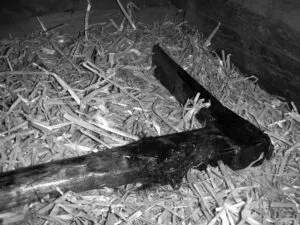 On the evening of March 31, 1922, a neighbor named Lorenz Schlittenbauer went to the Hinterkaifeck farm to ask Andreas Gruber if he had seen his son, who had gone missing. Schlittenbauer immediately noticed that the house seemed empty and quiet. Despite calling out loudly, he received no answer. Schlittenbauer decided to enter the house to check the situation but found no one.
On the evening of March 31, 1922, a neighbor named Lorenz Schlittenbauer went to the Hinterkaifeck farm to ask Andreas Gruber if he had seen his son, who had gone missing. Schlittenbauer immediately noticed that the house seemed empty and quiet. Despite calling out loudly, he received no answer. Schlittenbauer decided to enter the house to check the situation but found no one.
As he explored the house, Schlittenbauer discovered a corpse on the stairs leading to the barn—it was Andreas’ stepdaughter, Viktoria. Inside the barn, Schlittenbauer found the lifeless body of the young Josef, and in the stable were the bodies of Andreas, Cäzilia, and granddaughter Maria. All the victims had been killed with extreme violence.
The Investigation
The investigation into the Hinterkaifeck case was complicated from the start. The police did not arrive at the crime scene until the day after the bodies were discovered, and in the meantime, the site had been contaminated by curious onlookers and visitors. Additionally, the remote location of the farm made it difficult to gather information and identify potential suspects.
Nevertheless, the police questioned a number of people, including neighbors and friends of the Gruber family. Early investigations suggested that the killer had lived inside the farm for some time, consuming food and drink from the pantry.
However, no concrete evidence was ever found, and the investigation dragged on for months without reaching a satisfactory conclusion.
Some suspicions fell on the neighbor who had visited the farm the day the bodies were discovered. However, Schlittenbauer provided a credible alibi, and the investigation did not result in any formal charges.
Over the years, numerous theories have been put forward regarding the motive for the murders and the identity of the killer. Some theories suggest that the crime was motivated by financial reasons, as the Gruber family owned a certain amount of money and property. Other theories propose that the murders resulted from a dispute between neighbors or even an act of revenge against Andreas Gruber, who was not well-liked among his neighbors.
Some of the more bizarre theories even suggest that the murders might have been the result of occult activity or a curse placed on the family.
Conclusion
Even though one hundred years have passed since the tragic murders, the Hinterkaifeck case remains one of the most enigmatic and mysterious in German criminal history. Despite numerous investigations and the many theories put forward, the identity of the killer and the motive behind the murders remain unknown. Nevertheless, the Hinterkaifeck case continues to intrigue and capture the interest of the public and criminology enthusiasts worldwide, becoming a classic example of an unsolved mystery that continues to challenge human imagination and curiosity.
 Subscribe to our YouTube channel
Subscribe to our YouTube channel
Dive into a world of mystery with our Horror Tales
